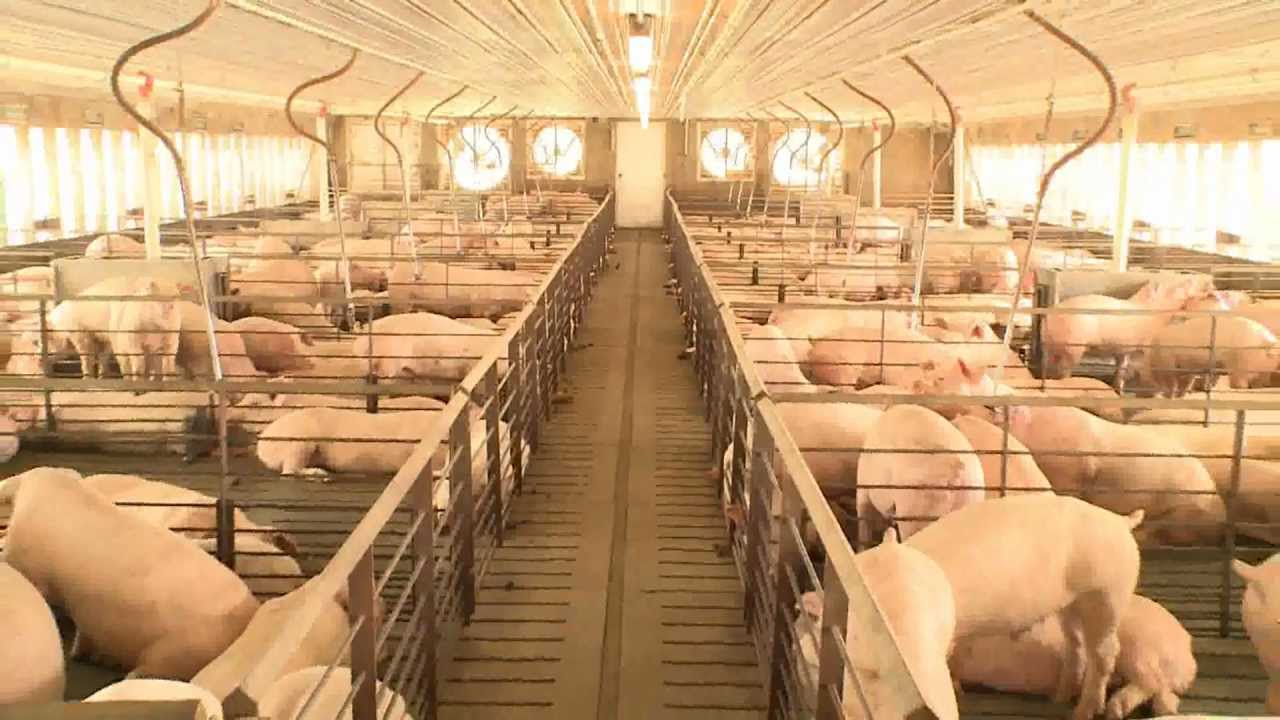Pork availability in Brazil should grow 3%, according to SAFRAS estimates

Last week, SAFRAS & Mercado released the first estimates for the meat sector in Brazil for 2024. Just like 2022, next year will continue to be challenging for the Brazilian pork industry, considering that availability should grow again. Firstly, it is necessary to go back in time and assess that, even with the crisis in the sector that started in 2021 due to the surplus supply, with the advance of production aimed at serving China and the heavy cost of production, the sector did not stop investments, some of which are still in process of maturation. Over the last few years, there have been bankruptcy and withdrawal of a portion of independent farmers from the activity, and some of them have migrated to the integrated market.
However, this reduction of independents was offset by the advance of large industries, which inevitably leads to greater market concentration. SAFRAS & Mercado estimates the production for 2024 at 5.365 mln tons, up 3.1% from the 5.206 mln tons expected for this year. In addition to the increase in slaughter, a more moderate production cost tends to lead producers to set aside production adjustment measures, such as stricter control of the average weight of animals.
Faced with high production, both internal and external demand will be fundamental for good pricing of meat and live products. The tendency is for prices to encounter some difficulty, especially in the first half, where historically consumption is weaker in Brazil.
The evolution of substitute proteins, such as chicken and beef, will be important relative to demand, considering that pork occupies third place in the predilection of consumers. The economic activity and the income of the population should have just a slight advance, which suggests some difficulty in terms of consumption growth.
As for exports, expectations are optimistic, with 2024 expected to set a new record, estimated at 1.184 mln tons, up 3.1% from the 1.148 mln tons forecast for this year. The first point is that given the high production, the prices of the Brazilian product should remain competitive in the international market. Furthermore, with the downward trend in real interest rates in Brazil ahead, the dollar may surpass BRL 5.00 again, which is also a gain in the attractiveness of Brazilian products for export. The European Union’s swine chain will still be facing a very challenging scenario, with a reduced herd and weak production, which should keep prices firm in the bloc and lead some of its importers to look for pork at more affordable prices.
Owing to this scenario, Brazil must be able to expand negotiations with Asian countries, such as the Philippines, Vietnam, and even Japan, countries that are already buying good volumes today. The United States will be the “rival” in 2024 in terms of exports, but it is worth noting that the country is adjusting production due to weak prices of live pigs in its market, which should result in firmer indications. The external scenario is promising for Brazil, which must still seek to diversify and seek new market openings around the globe.
It should also be considered that China may expand purchases a little from the second half of 2024, nothing extraordinary, considering that its market should be more balanced, with a slightly smaller offer. USDA pointed out last July that China’s pig herd should close 2023 nearly 4% lower than the close of last year. Less efficient matrices have been slaughtered in the Asian country. With a smaller herd, it is natural to expect some reduction in production in China in 2024, but supply must increase in the first months of the year.
However, despite the good expectations about exports, this is not the variable that should save the Brazilian market, considering that the additional production is higher than that of shipments, i.e. there will be greater availability of pork in Brazil, and demand will need to move forward. SAFRAS estimates the Brazilian pork availability in 2024 at 4.181 mln tons, up 3% from the 4.058 mln tons projected for 2023.
Read also
Wheat in Southern Brazil Impacted by Dry Weather and Frosts
Oilseed Industry. Leaders and Strategies in the Times of a Great Change
Black Sea & Danube Region: Oilseed and Vegoil Markets Within Ongoing Transfor...
Serbia. The drought will cause extremely high losses for farmers this year
2023/24 Safrinha Corn in Brazil 91% Harvested
Write to us
Our manager will contact you soon



